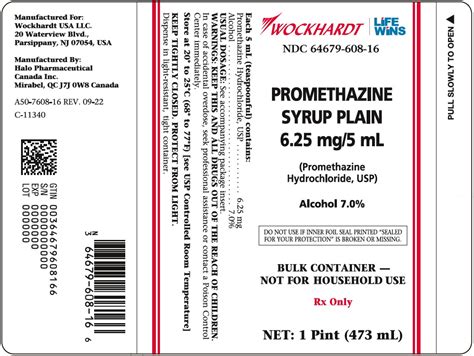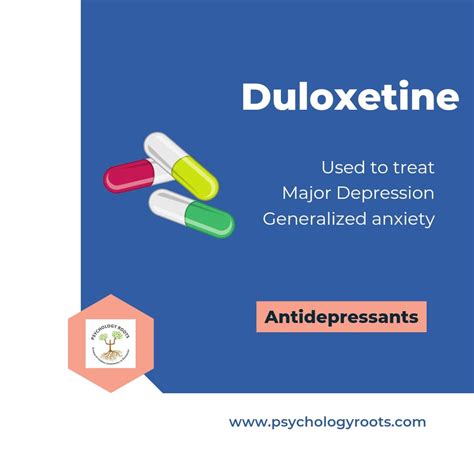Intro
The importance of understanding medication dosages cannot be overstated, especially when it comes to powerful drugs like promethazine. As a medication that is used for a variety of purposes, including treating nausea and vomiting, motion sickness, and allergic reactions, knowing the correct dosage is crucial for both effectiveness and safety. For adults, the dosage of promethazine can vary significantly based on the condition being treated, making it essential to follow medical guidance carefully.
Promethazine is a phenothiazine derivative that acts as an antihistamine, with additional antiemetic and sedative properties. Its versatility in treating different conditions also means that the dosage can be quite nuanced, depending on whether it's being used for acute conditions like motion sickness or for more chronic issues such as allergies. Furthermore, the form of the medication—whether it's taken orally, administered rectally, or given through injection—can also impact the appropriate dosage.
Given the potential for promethazine to cause significant drowsiness and other side effects, adults must be particularly mindful of the dosage they are taking. This is not only to ensure that the medication is effective but also to minimize the risk of adverse reactions. The dosage for adults can range from as little as 12.5 mg for mild conditions up to 50 mg or more for severe cases, highlighting the need for personalized medical advice.
Promethazine Dosage Guidelines

When considering the dosage of promethazine for adults, several factors come into play, including the specific condition being treated, the severity of symptoms, and the individual's overall health status. For example, for the treatment of nausea and vomiting, the typical adult dosage might start at 12.5 to 25 mg, taken orally, every four to six hours as needed. However, for more severe cases, or when used in combination with other medications for conditions like pain management, the dosage could be significantly higher.
Oral Dosage
For oral administration, which is the most common form of promethazine intake, the dosage can vary widely: - For nausea and vomiting, the typical dose is 12.5 to 25 mg every four to six hours. - For motion sickness, 25 mg taken orally, 30 minutes to 1 hour before travel, and then every 4 to 6 hours as needed. - For allergic reactions, the dosage might start at 25 mg, given orally, and repeated in 4 to 6 hours if necessary.Administration and Forms

Promethazine comes in various forms, including tablets, syrup, rectal suppositories, and injectable solutions. Each form has its specific dosage guidelines:
- Tablets and Syrup: Most commonly used for oral administration, with dosages as mentioned earlier.
- Rectal Suppositories: Used when oral administration is not feasible, the dosage is typically 12.5 to 25 mg, inserted rectally every 4 to 6 hours as needed.
- Injectable Solution: Used in more severe cases or in a hospital setting, the dosage can range from 12.5 to 50 mg, administered intramuscularly or intravenously, depending on the clinical situation.
Special Considerations
It's crucial to consider the potential for drug interactions and the specific health conditions of the individual when determining the appropriate dosage of promethazine. For example, elderly patients or those with liver or kidney disease may require lower doses due to altered drug metabolism. Additionally, promethazine should be used with caution in patients with respiratory conditions, as it can depress respiratory function.Side Effects and Precautions

Like all medications, promethazine can cause side effects, ranging from mild to severe. Common side effects include drowsiness, dizziness, and dry mouth. More serious side effects can include respiratory depression, especially when combined with other sedatives, and neuroleptic malignant syndrome, a rare but life-threatening condition.
Given these potential risks, it's essential for adults taking promethazine to be aware of the signs of adverse reactions and to seek medical help immediately if they experience any severe symptoms. Additionally, because promethazine can impair cognitive and motor functions, individuals should avoid operating heavy machinery or driving after taking the medication.
Overdose and Toxicity
In cases of overdose, promethazine can exhibit severe toxicity, including exaggerated sedation, confusion, and in severe cases, coma or death. If an overdose is suspected, immediate medical attention is required. Treatment may involve supportive care, such as maintaining an open airway and providing hydration, as well as administering antidotes or medications to counteract the effects of the overdose.Conclusion and Final Thoughts

In summary, while promethazine can be an effective medication for a variety of conditions, its dosage must be carefully considered to balance efficacy with safety. Adults should always follow the guidance of a healthcare professional when taking promethazine, being mindful of the potential for side effects and drug interactions. By understanding the proper dosage and administration of promethazine, individuals can ensure they are using this medication in a way that maximizes its benefits while minimizing its risks.
Final Considerations
Before starting promethazine, it's essential to discuss any concerns or questions with a healthcare provider. This includes any history of allergies, current medications (including supplements and herbal products), and any pre-existing medical conditions. By working closely with a healthcare team, adults can safely and effectively use promethazine to manage their symptoms and improve their quality of life.What is the typical dosage of promethazine for adults with nausea and vomiting?
+The typical dosage is 12.5 to 25 mg, taken orally, every four to six hours as needed.
Can promethazine be used for motion sickness in adults?
+Yes, 25 mg taken orally, 30 minutes to 1 hour before travel, and then every 4 to 6 hours as needed.
What are the common side effects of promethazine in adults?
+Common side effects include drowsiness, dizziness, and dry mouth. More severe side effects can include respiratory depression and neuroleptic malignant syndrome.
We invite you to share your thoughts or questions about promethazine dosage for adults in the comments below. Your engagement helps us better understand the needs of our readers and provide more accurate and helpful information in the future. If you found this article informative, please consider sharing it with others who might benefit from this knowledge. Your participation in our community is invaluable, and we look forward to hearing from you.
